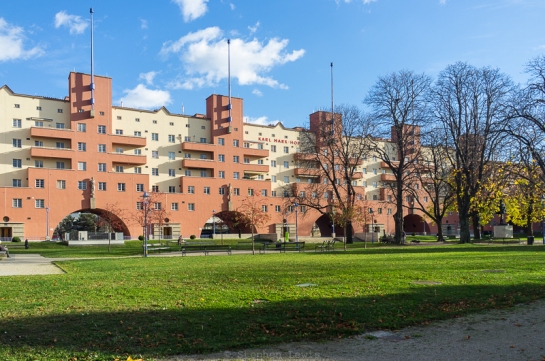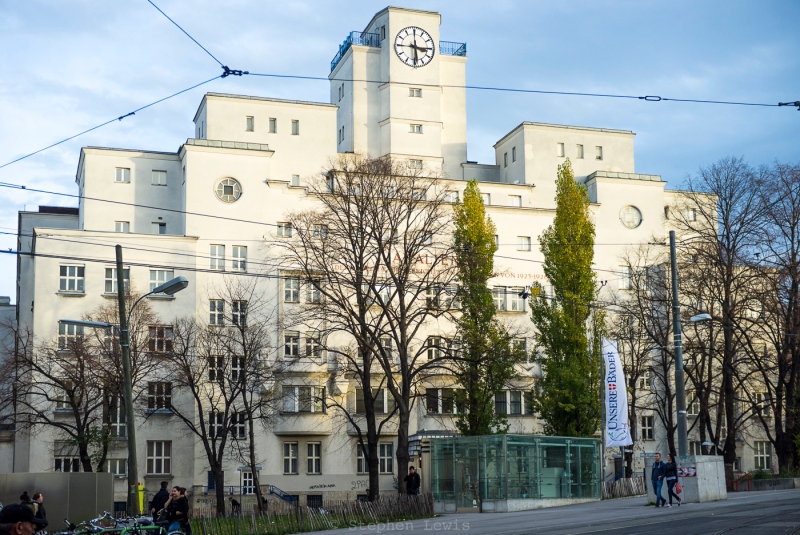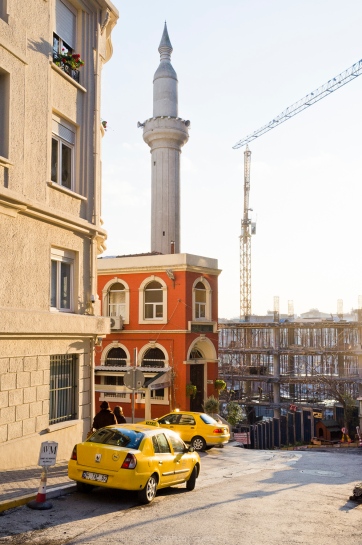I haven’t posted to this site for more than two years. The substance and rhythm of work and daily concerns had absorbed me as I immersed myself anew into the small wonders and demanding pressures of life in my native New York. New impressions, discoveries, and rediscoveries defied short-form articulation and political conflicts and issues of social and economic inequality and change diverted my thoughts and emotions. Then came the all-consuming pandemic, the “lockdown” and economic implosion, and the weeks of protest and upheaval that followed. What prompted me to resume posting anew — and to begin with this seemingly obscure subject — was the appearance this week of an electronic “reprint” of one of my old posts portraying memorials to two of the vanished synagogues of Vienna. The “reprint,” posted on the wien: postkolonial blog, is interspersed with commentary by Austrian sociologist Marietta Mayrhofer-Deak, a valued colleague and interlocutor. Marietta posted the “reprint” in connection with a series of urban walks tracing places and trajectories relevant to the experience and daily lives of the waves of immigrants and refugees who have settled in Vienna in recent decades. In that context, it is important that the diversity, rise, accomplishments, and murderous denouement of one of Vienna’s most characteristic and influential minority populations be remembered, honored, and learned from, for it is wise to know in whose footprints one treads.
Humboldttempel
The Humboldttempel, the towering, domed synagogue of the largely working- and middle-class quarter of Favoriten, the 10th District of the city of Vienna, was looted, dynamited, and burnt to embers eighty-one years ago, on the morning of November 10, 1938, during Kristallnacht, the night of broken glass, a twenty-four hour orgy of intimidation, violence, and destruction of synagogues, dwellings, and livelihoods of Jews throughout the territory that constituted Germany at the time.
Memory
Favoriten is a quarter of Vienna that I came to know well. Even from afar, its daily rhythms and the heights and depths of its history, like that of much of Vienna, haunt me. I wonder how often, if ever, the thoughts of present-day residents of the 10th District –recent Turkish, Balkan, and Middle Eastern immigrants, and working-class descendants of 19th-century Viennese- and provincial-born Austrians and Czechs– turn to the Jewish workers, small-scale merchants, craftsmen, and workshop owners who, long ago, formed a significant part of the quarter’s population, or, for that matter, to the Jewish social activists and politicians who spearheaded the shaping the progressive social ethos, infrastructure, and culture from which today’s Viennese, whatever their origins, still benefit.
The organized Jewish community of Favoriten was founded in the 1870s. The Humboldttempel was constructed in the 1890s and took its name from the tree-filled square on which it was sited: Humboldtplatz. The main hall of the synagogue was large enough to seat more than 700 attendees. For decades, the dome of the Humboldttempel was a towering feature of Vienna’s skyline.
The architect of the Humbolttempel, Jakob Gartner, was responsible for three other synagogues in Vienna, as well for as a dozen more in cities and towns across the the former Hapsburg Empire. Gartner died in the 1920s. Every one of the fifteen synagogues he designed and built was destroyed on November 10, 1938 or in the carnage that Germany — and Austria, as an integral part of Germany during the Nazi years — took with it abroad in its orgy of conquest, looting, destruction, and murder during the six-year-long world war that began less than a year after Kristallnacht. Indeed, Austrians, as has become clear over the decades, played an out-sized role in the torment and murder of Jews and the destruction of Jewish life throughout most of Europe.
When the Humboldttempel was conceived and built, few would have would have imagined that it would vanish in flames only forty years later, or that its members and community would be deported and murdered. Despite sharp inter-ethnic friction and clerical and popular antisemitism at the turn of the nineteenth century to the twentieth, most Viennese Jews, ten percent of their city’s population, were confident of their places and prospects and of the protection of the state. Others, however, had well-founded doubts and sensed that Jews would be denied a place in the societies and economies of post-imperial Europe — thus the deep roots of Zionism* in Vienna.
Memorial
The wonderful glass and concrete memorial monument to the Humboldttempel — pictured in the three photos above — was installed only a few years ago, at the edge of the park and playground that now fills Humboldtplatz, at a site diagonally across from two post-war apartment blocks that stand on what was the footprint of the vanished synagogue.
The memorial is both a three-dimensional architectural model and a near-incorporeal chimera. Two-dimensional renderings of the exterior of the Humbolttempel are inscribed in black on the thick vertical transparent glass elements of the memorial. These, combined with a floor plan inscribed on the concrete base of the model and a street plan inscribed on the surrounding asphalt, give an accurate rendering of exterior, interior, and location of the Humbolttempel. However, with each shift in viewpoint, and with each change in the angle and intensity of sunlight, the three-dimensional recreation of the Humbolttempel seems to dissolve — first into a multiplicity of disconnected planes, and then into abstraction and phantasm.
So far as I gather, the Humboldttempel memorial is the work of an artist named Barbara Asimus. I have yet to track down her. If anyone reading this post is acquainted with her, please convey my appreciation and admiration or, if you happen to know how I can reach her, please put me in touch. I am also curious about what led the authorities of the 10th district to commission and place the monument when they did, the process involved, and, not least, in the reactions of people in the district. As to the Humbolttempel itself, I would welcome information on the demographics of its former membership, as well as on the long-ago Jewish population of Favoriten.
For anyone planning a walk through Favorieten, I would recommend pausing for a moment of silence in front of 106 Favoritenstrasse, the one-time site of Ansche Emes (People of Truth) prayer house (i.e. a small apartment or storefront synagogue, a “Shtiebl” in Yiddish) and at 22 Rothenhofstrasse, the one-time site of Newe Schalom (Well of Peace) prayer house, both looted and destroyed on Kristallnacht. Nothing remains of either but, maybe, if one lingers in front of either address, whether on a quiet Friday night or a busy Saturday morning, one might imagine or even sense a distant echo of sounds of prayer and celebration that once emanated from them.
A word of caution: It is not enough not to obey
One thing bothers me about the monument, however. The inscription on its base is an oft-cited quotation from Hannah Arendt: “Niemand hat das Recht zu Gehorchen” (“Nobody has the right to obey”). This is a powerful and indeed worthy admonition but, when applied to Kristallnacht, it obscures matters and provides far too easy a way out. Ultimately, Nazism was a grassroots movement — a legally sanctioned criminal pyramid-scheme of theft, extortion, corruption, and divvying-up and handouts of the proceeds** — and Kristallnacht was as much or more of a bottom-up affair than a top-down one. Whatever impetus from the top may have sparked it, Kristallnacht was a popular act of hatred, jealousy, sadism, and self-aggrandizement that individuals chose to participate in — or didn’t — of their own free will. Yes, we should not obey evil, but we must also curb the evil within ourselves and part from the crowd whenever evil reigns. Better yet, we should cultivate the integrity and the courage to rise up and actively intervene, whether injustice is in the offing, underway, or embedded in the world around us.
* Although not necessarily in the same political form that emerged in the aftermath of World War II or as pursued by right-of-center Israeli governments from the 1970s on. See, for example, this recent essay by Peter Beinart in Jewish Currents.
** See, for example, Götz Aly, Hitler’s Beneficiaries, 2005-2006, Frankfurt and New York
(Note: The three photos above were taken in December, 2018; the text is based on a draft written in November, 2019.)



















